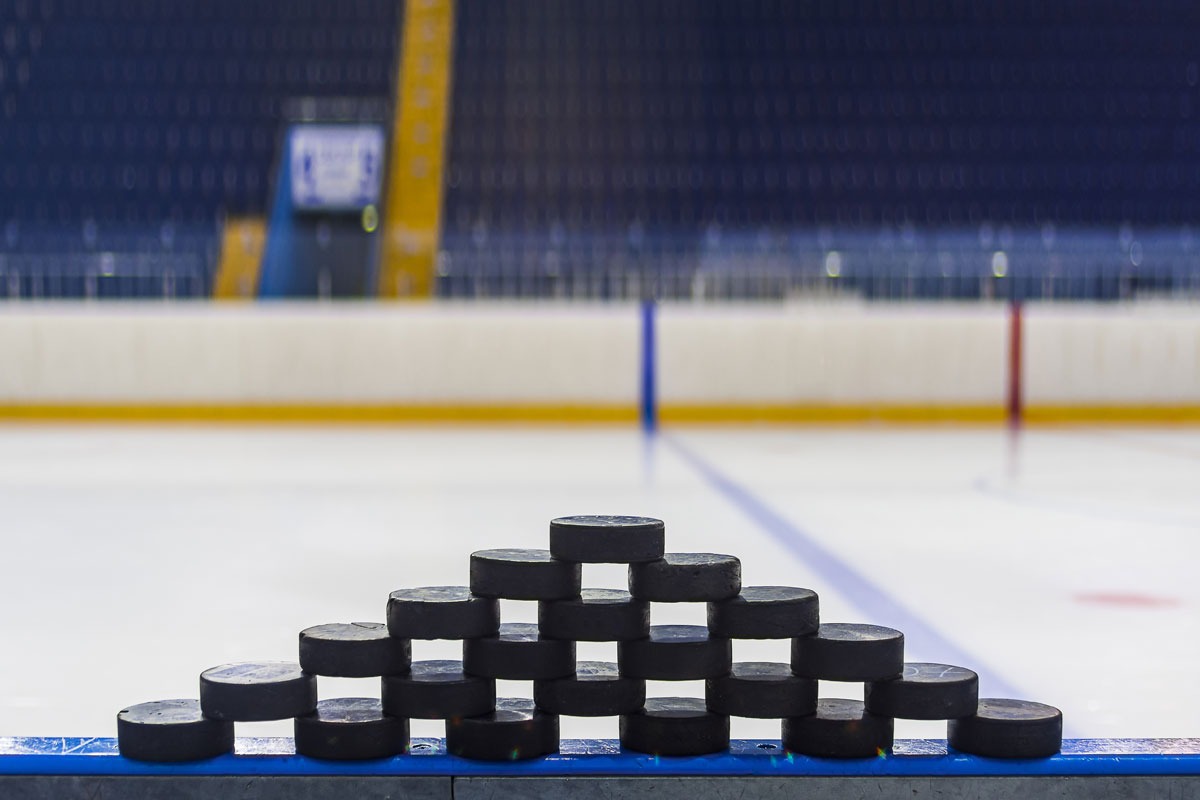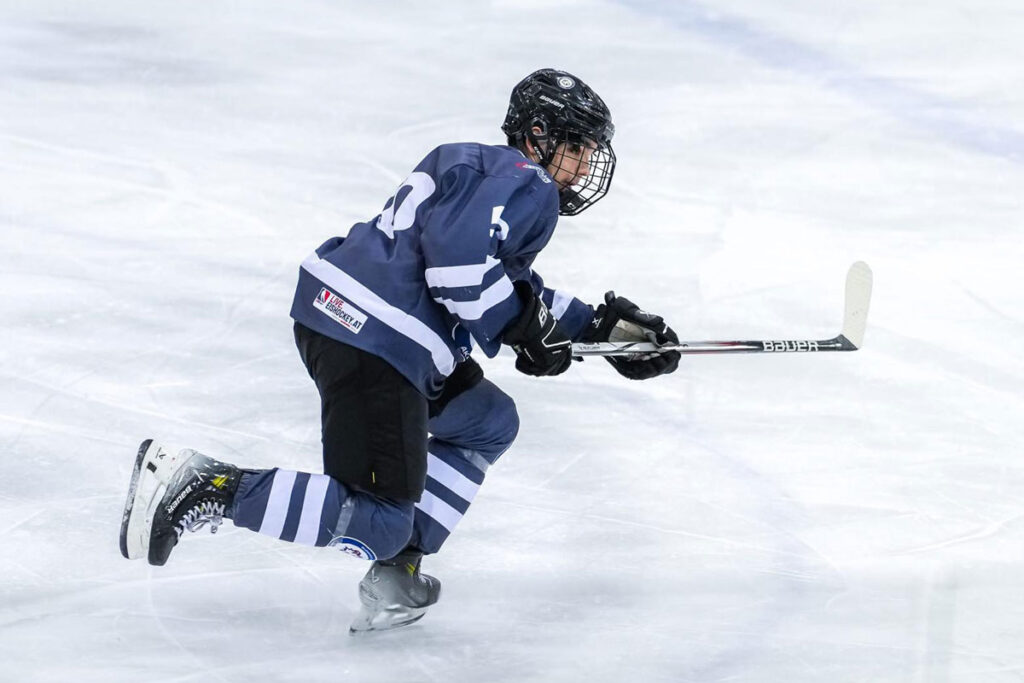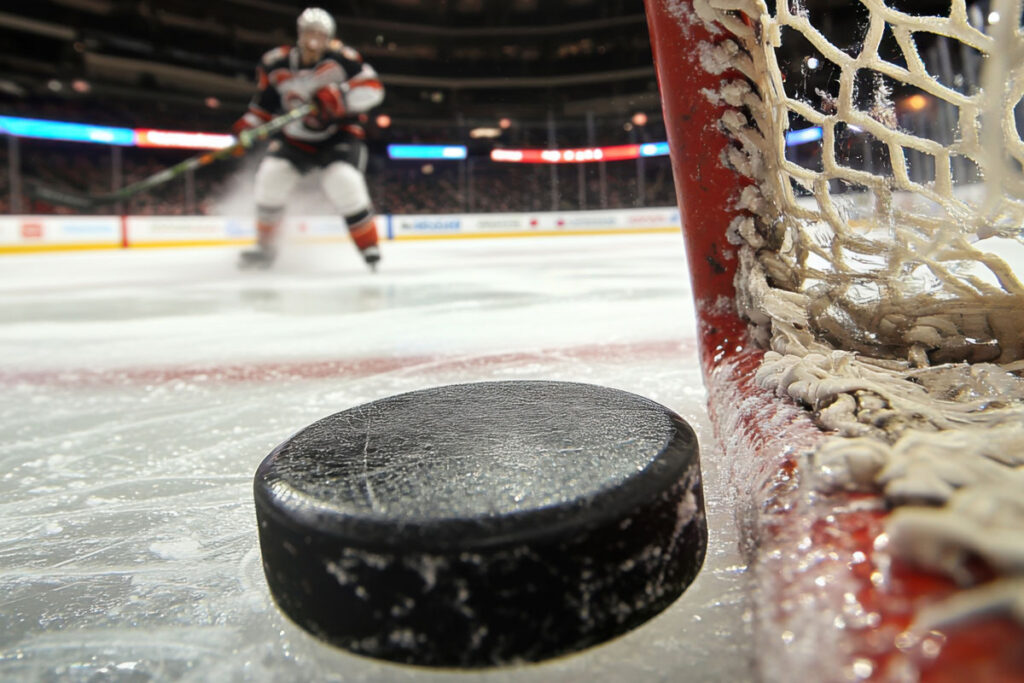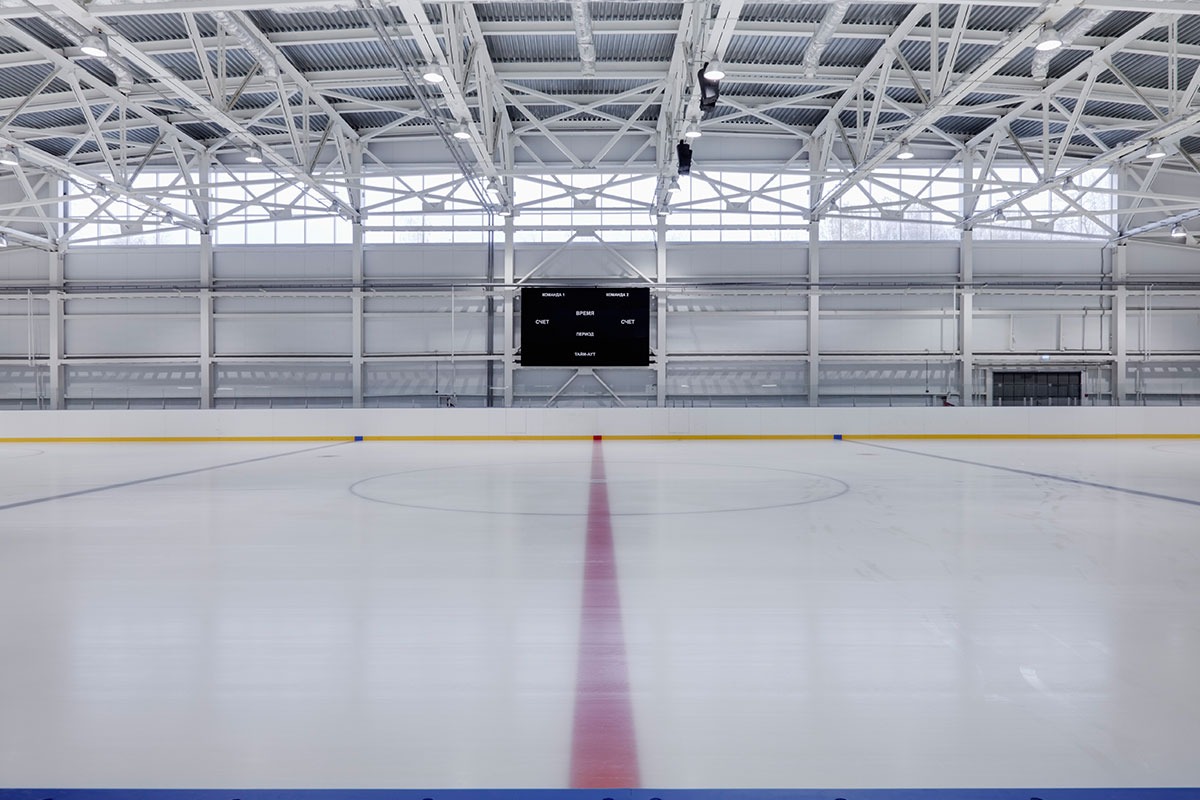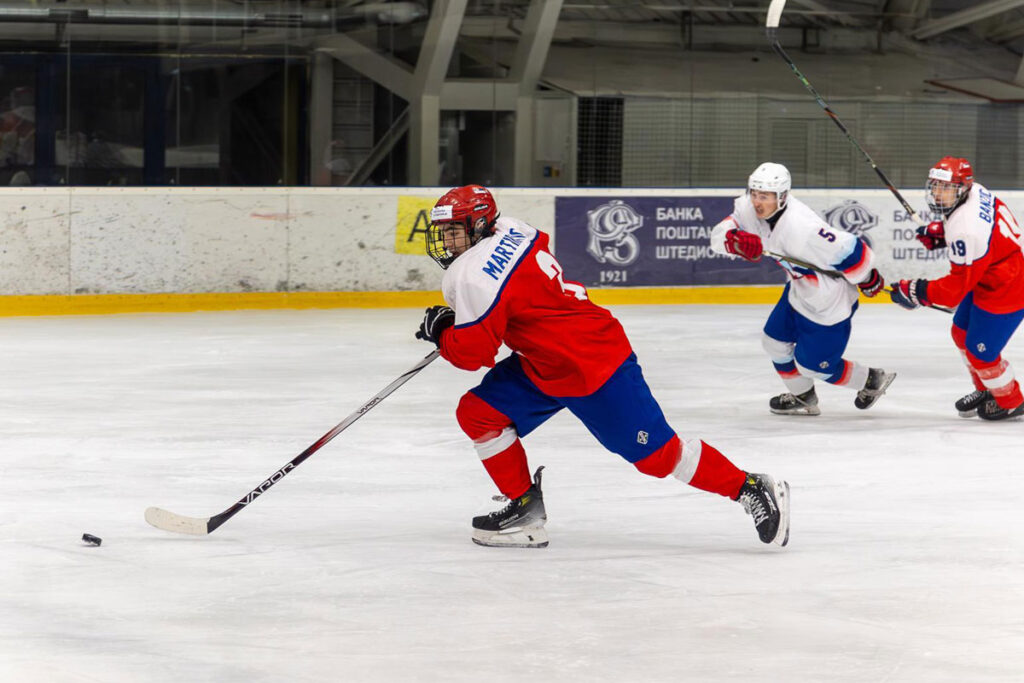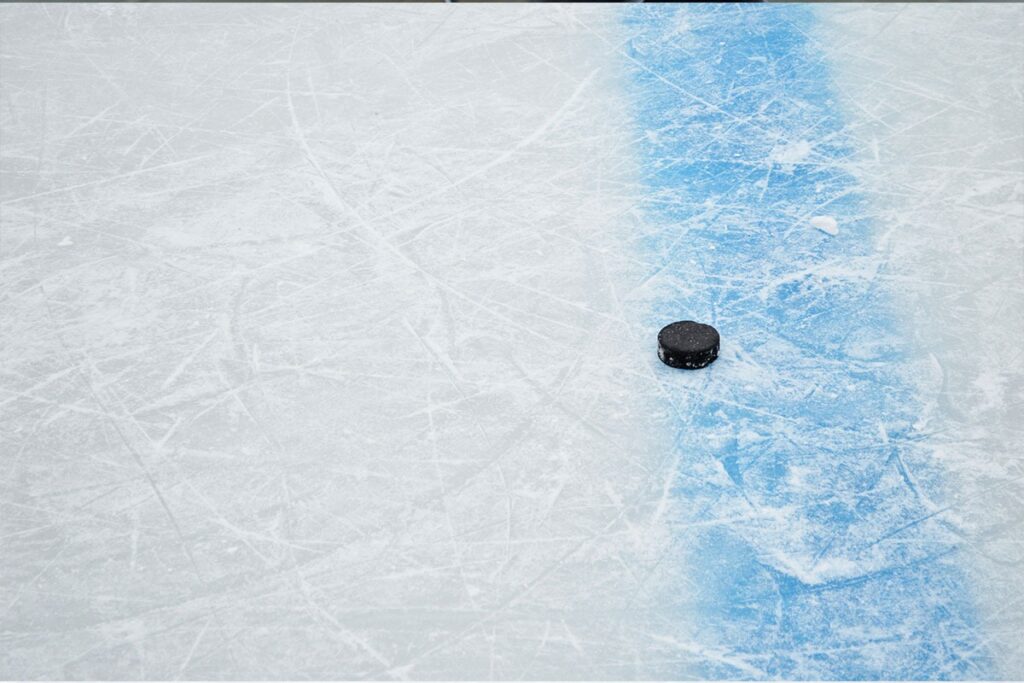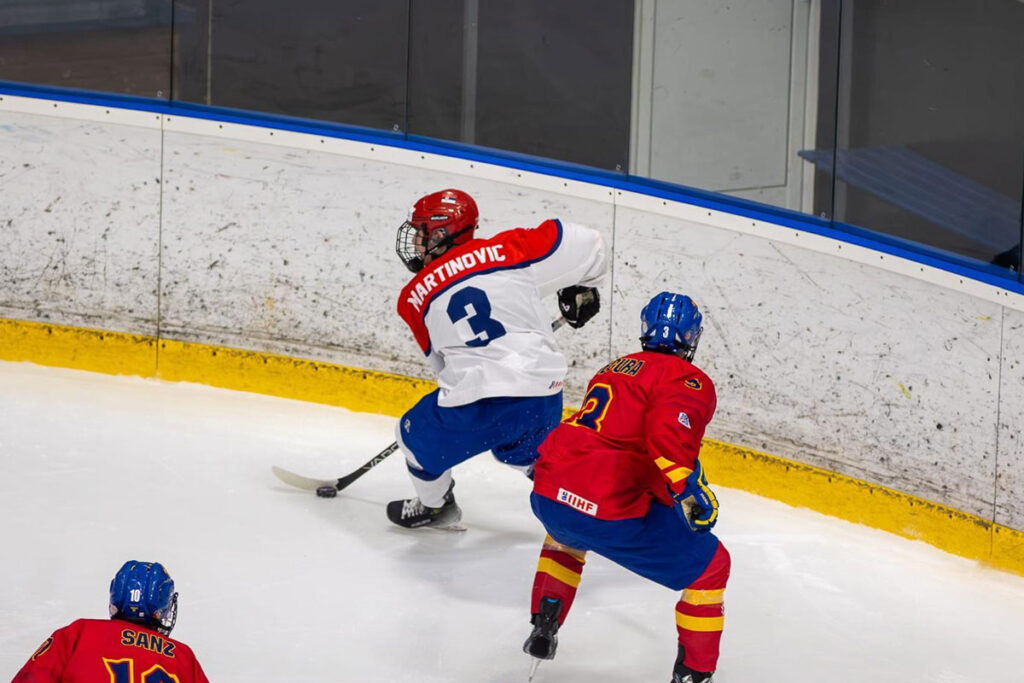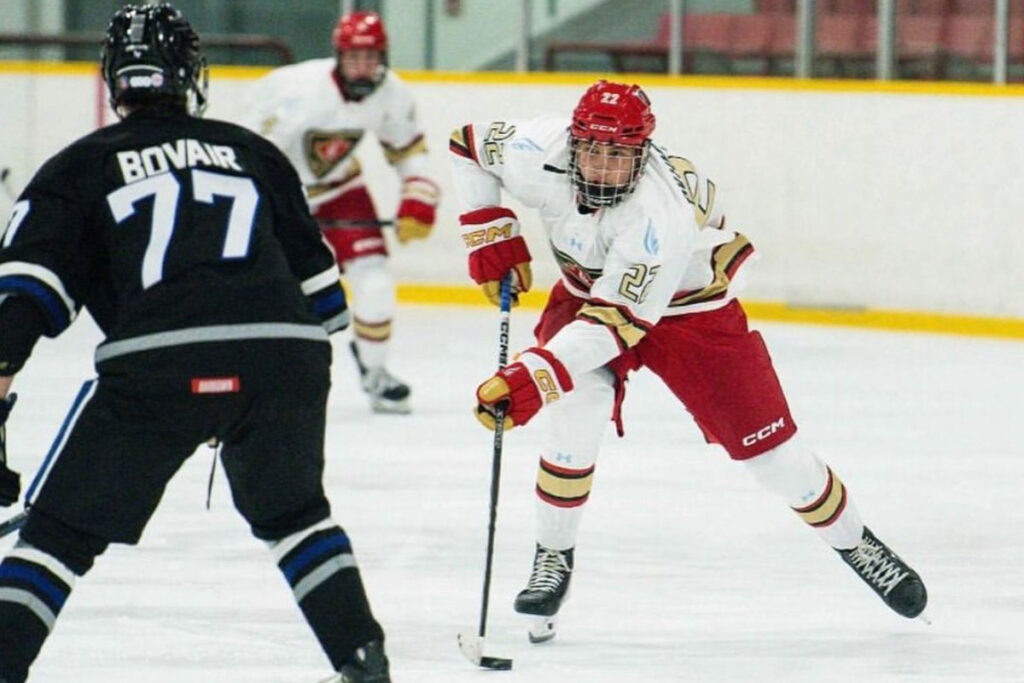Navigating the youth hockey world involves researching countless paths and listening to endless opinions — and every choice seems to sway your player’s future. From weighing team levels and coaching philosophies to evaluating club culture and development opportunities, parents often feel pulled in every direction, unsure which decision best serves their player. GAP Hockey Consulting clears the fog with honest, athlete-first advice and insights that help families find the perfect match— not just for the season ahead, but for long-term growth and success. Here are some things to consider when choosing the right team, coach, and club for your player.
Tryout season (often times called, silly season) can feel like a whirlwind. Parents want the best for their kids, and with so many options—different teams, clubs, and coaches—it’s easy to get caught up in the chase.
Should your child play at the highest level possible? Should they switch clubs for a better opportunity? What if they don’t make the team they hoped for?
Before making a decision, take a step back. The “right” team isn’t always the most competitive one, and the “best” coach isn’t just the one with the longest resume. The goal is to find an environment where your child can develop, enjoy the game, and grow both on and off the ice.
Here are some key factors to consider when choosing the right fit:
Define Success for Your Player
Every player’s journey is different. Some kids thrive in a highly competitive environment, while others need more confidence-building and development time. Ask yourself:
- What does my child need most right now—skill development, confidence, fun, structure?
- Does my child love the game, or are they feeling pressure to play at a certain level?
- Am I making this decision based on what’s best for my child—or my own expectations?
The right team is the one that fosters their love for the game while providing the right level of challenge.
Look Beyond the Team Name and Level
Many parents feel pressure to have their child play at the highest level possible, but AAA, AA, or A doesn’t always tell the full story. A mid-level team with great coaching and a positive culture can be better for development than a high-level team where a player gets limited ice time or experiences a toxic atmosphere.
Consider:
- Playing time – Will your child have the opportunity to develop and make an impact?
- Coaching quality – Does the coach focus on skill development, hockey IQ, and character?
- Team culture – Does the team value teamwork, sportsmanship, and accountability?
- Logistics – Will the travel, costs, and time commitment fit your family’s needs?
Evaluate the Coach, Not Just the Record
A winning coach isn’t necessarily a great coach. Look for someone who:
- Communicates effectively with both players and parents
- Focuses on development over short-term wins
- Encourages all players, not just the top few
- Creates a positive team culture
- Helps kids develop character, discipline, and work ethic
Talk to current and former parents if possible. If every season sees a high turnover rate, that could be a red flag.
Consider the Club’s Development Pathway
Some clubs invest in long-term player development, while others focus more on short-term success. Research the organization’s philosophy:
- Do they develop players at all levels, or do they focus only on top-tier teams?
- Are there clear opportunities for advancement within the club?
- Do they provide off-ice training, skill development, and leadership programs?
- Is there a strong sense of community and support?
A good club should prioritize developing young athletes, not just stacking the top teams to win trophies.
Trust the Process, Not the Hype
Tryout season can feel chaotic, with parents scrambling to find the “best” situation. But rushing into a decision out of fear can lead to regrets.
Avoid chasing teams based on:
- Fear of Missing Out (FOMO) – Just because a team has a big reputation doesn’t mean it’s the best fit.
- Promises and Politics – Beware of coaches or clubs making guarantees. Development isn’t about shortcuts.
- Status Over Development – The best long-term development path isn’t always the flashiest one.
Hockey is a marathon, not a sprint. The right environment will help your child grow year after year, not just this season.
Perspective is Everything
At the end of the day, youth hockey is about more than just making the “right” team. It’s about learning life lessons, making friendships, and developing a lifelong love for the game. The best decision is the one that supports your child’s growth—on and off the ice.
So take a deep breath, stay focused on the big picture, and trust that the right path will reveal itself. Because when hockey is fun and fulfilling, your player will thrive.
We have just launched our Parent Survive & Thrive Guide to help parents navigate the youth hockey journey. It’s available here if you’re interested in checking it out!
It’s easy for hockey parents and players to feel overwhelmed by the pressure of picking the “right” team, coach, or club. The truth is, every decision shapes not just the season ahead, but your player’s long-term development and love for the game. GAP Hockey Consulting works with an honest, athlete-first approach that ensures your family isn’t chasing hype. With focused guidance on team fit, coaching styles, placement strategy, and character development, GAP Hockey gives both families and players the confidence to move forward — together. Connect with GAP Hockey today, because the right decisions now create the best opportunities for tomorrow. Call us today and let’s get started! 813.391.4022 or send us an email at Info@GapHockey.com
Reference: [ https://thehockeythinktank.com/choosing-the-right-team-coach-and-club-a-guide-for-youth-hockey-parents/ ]





